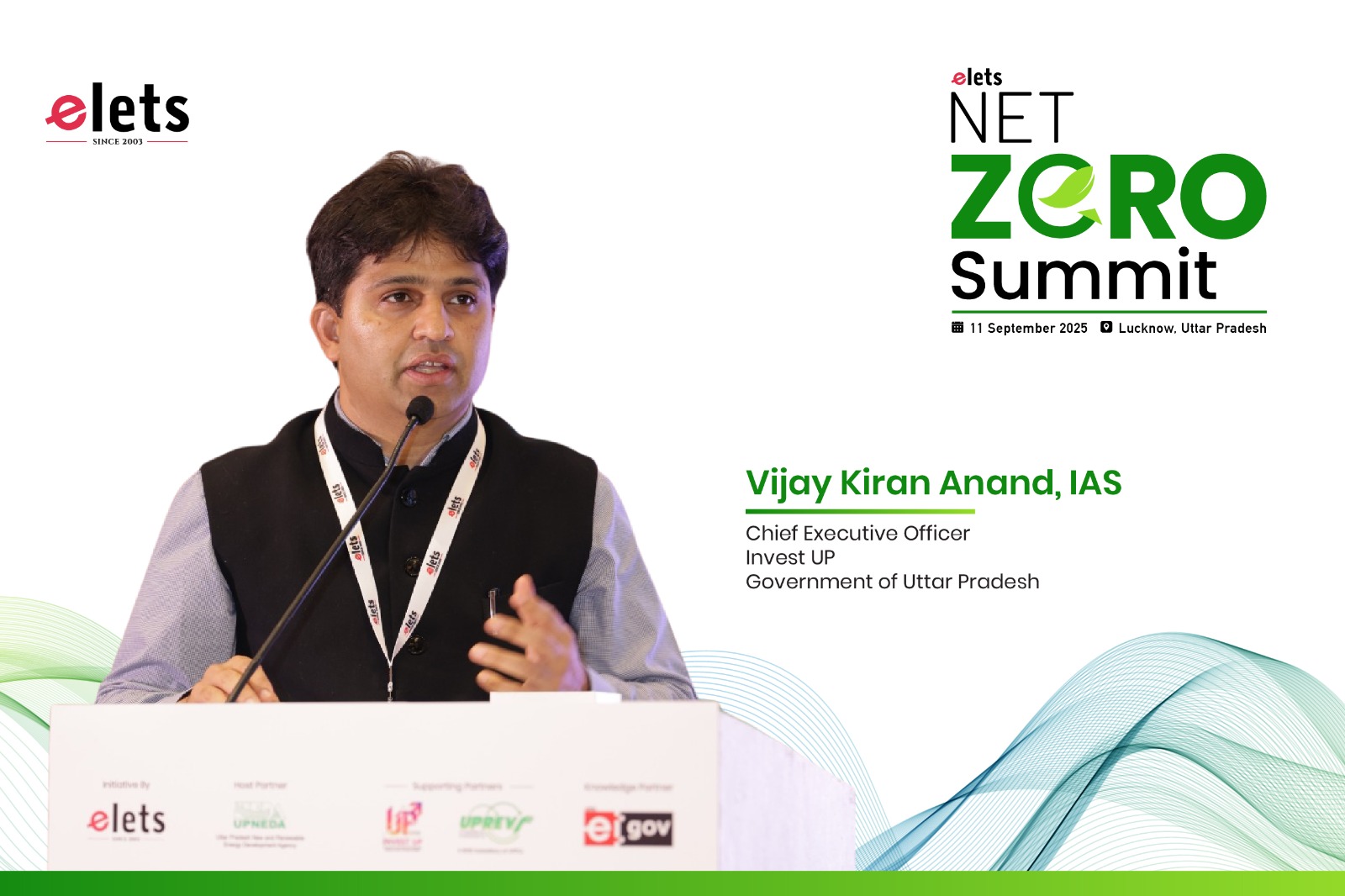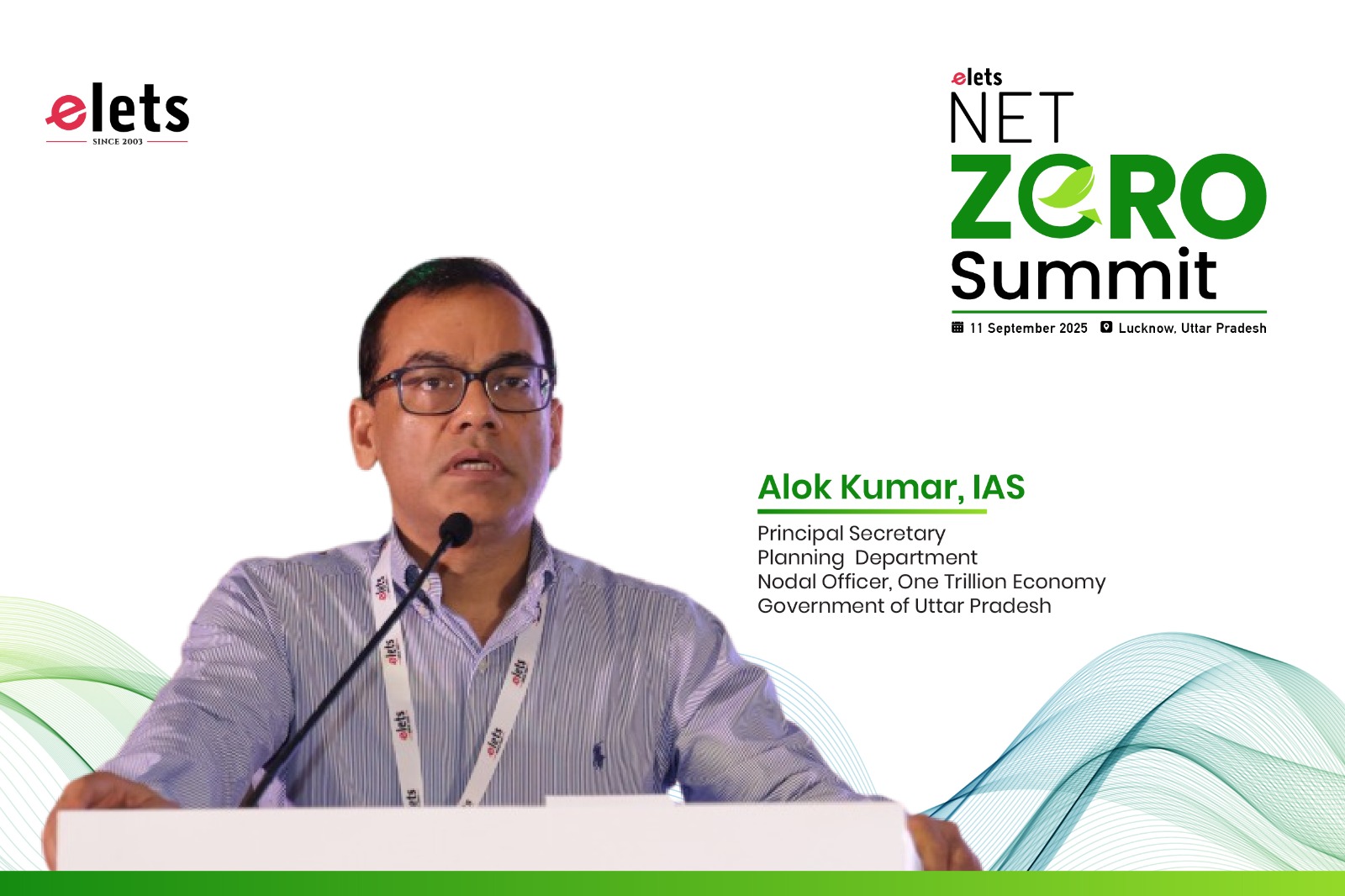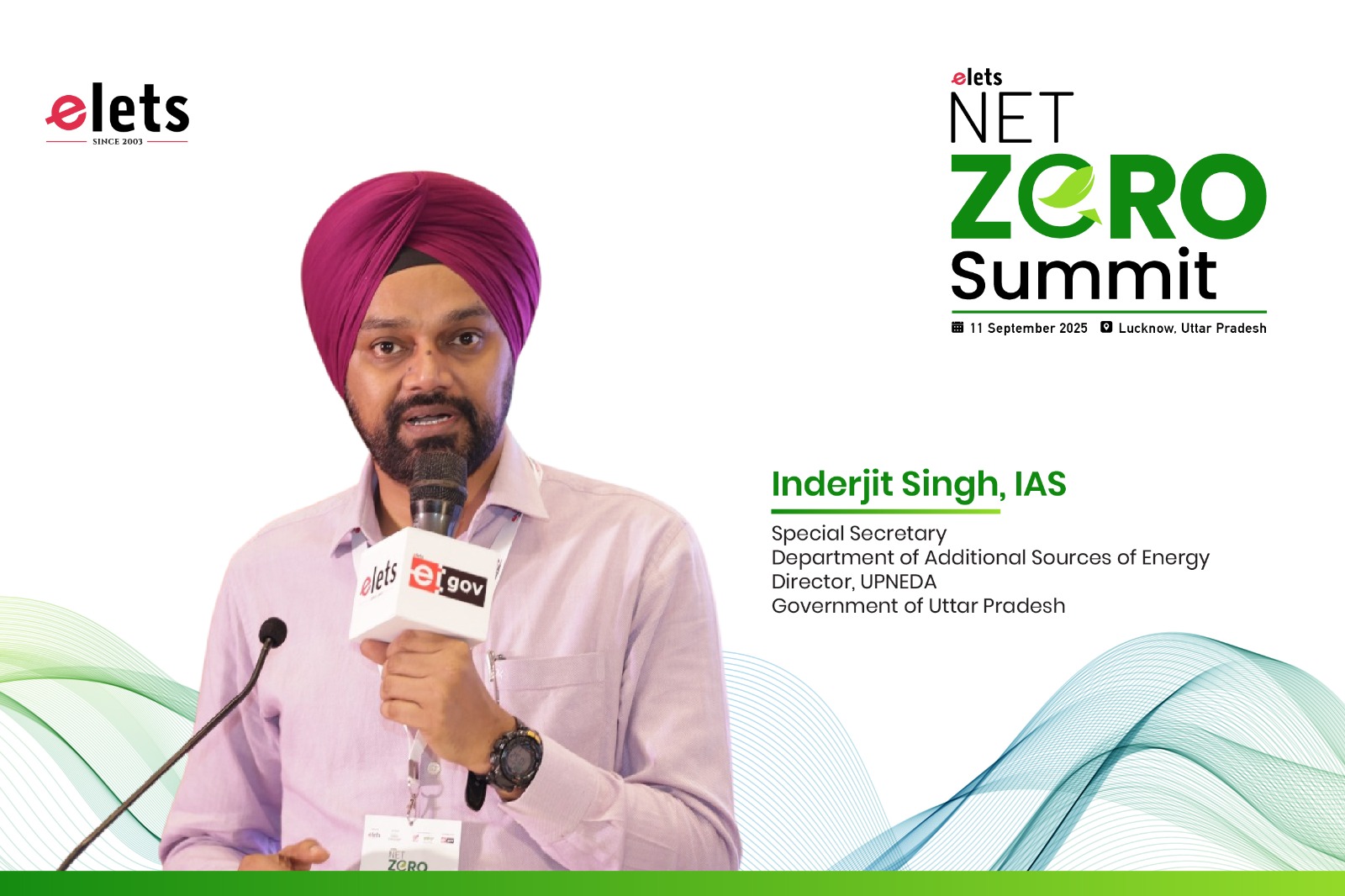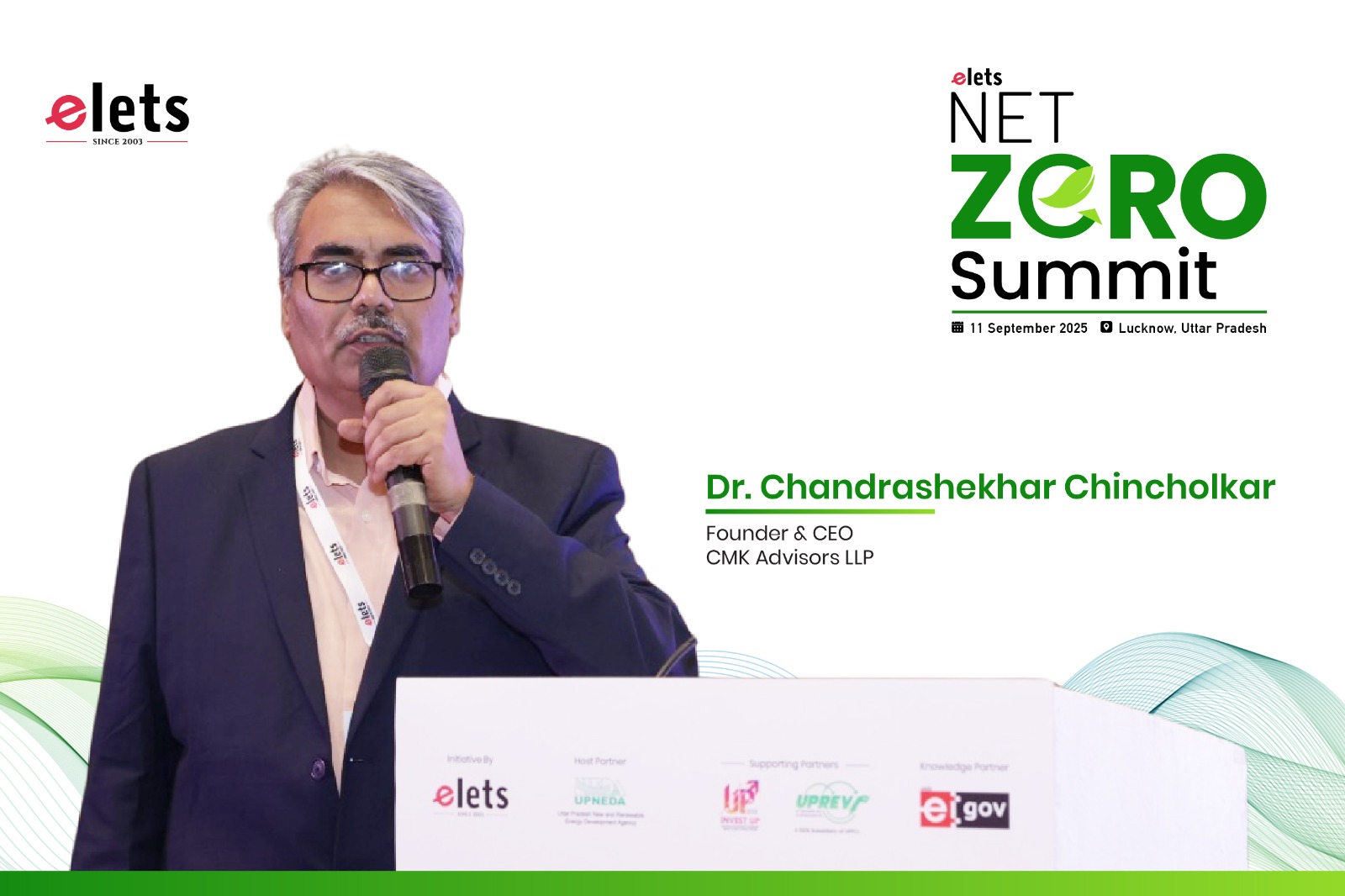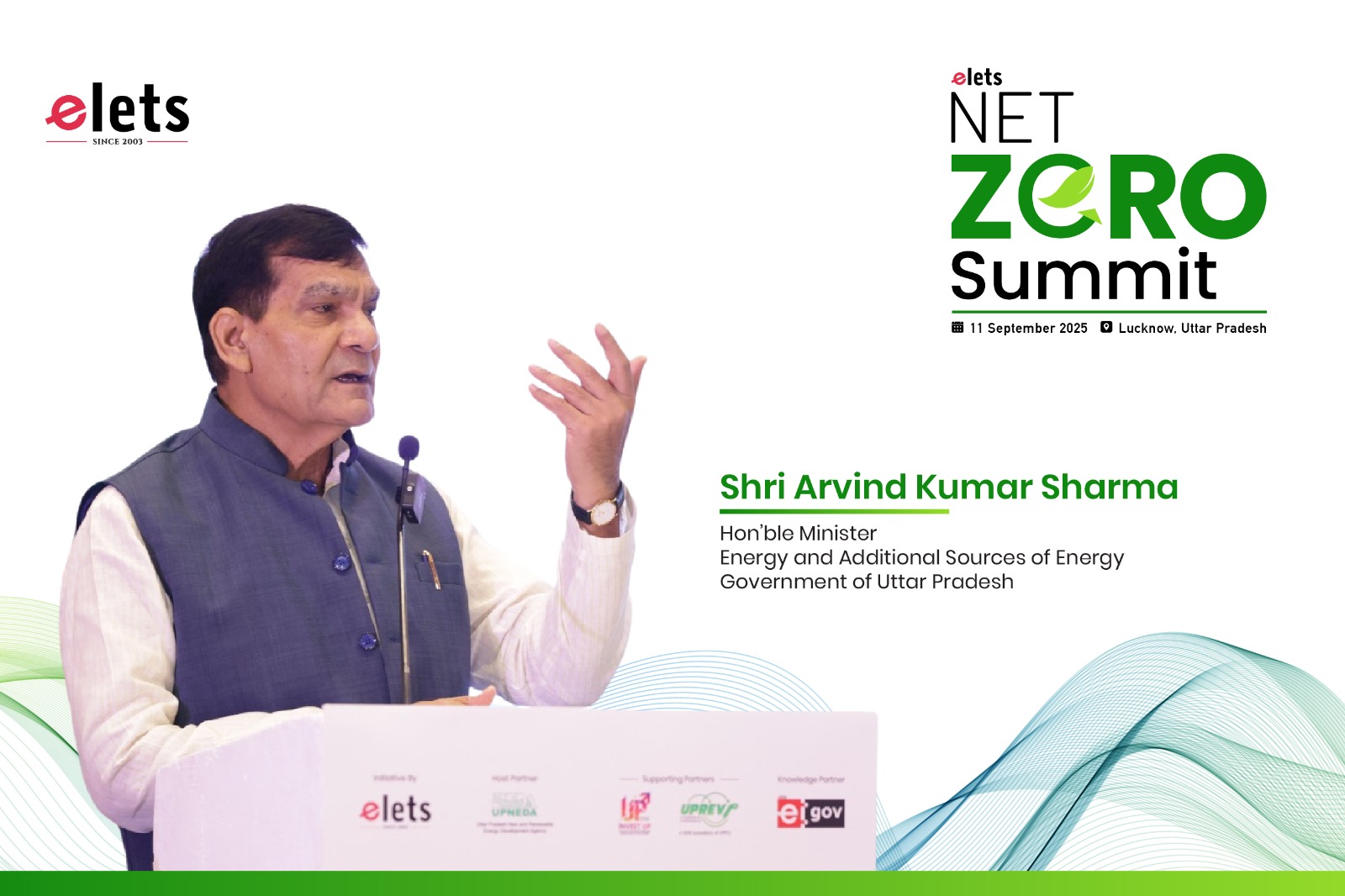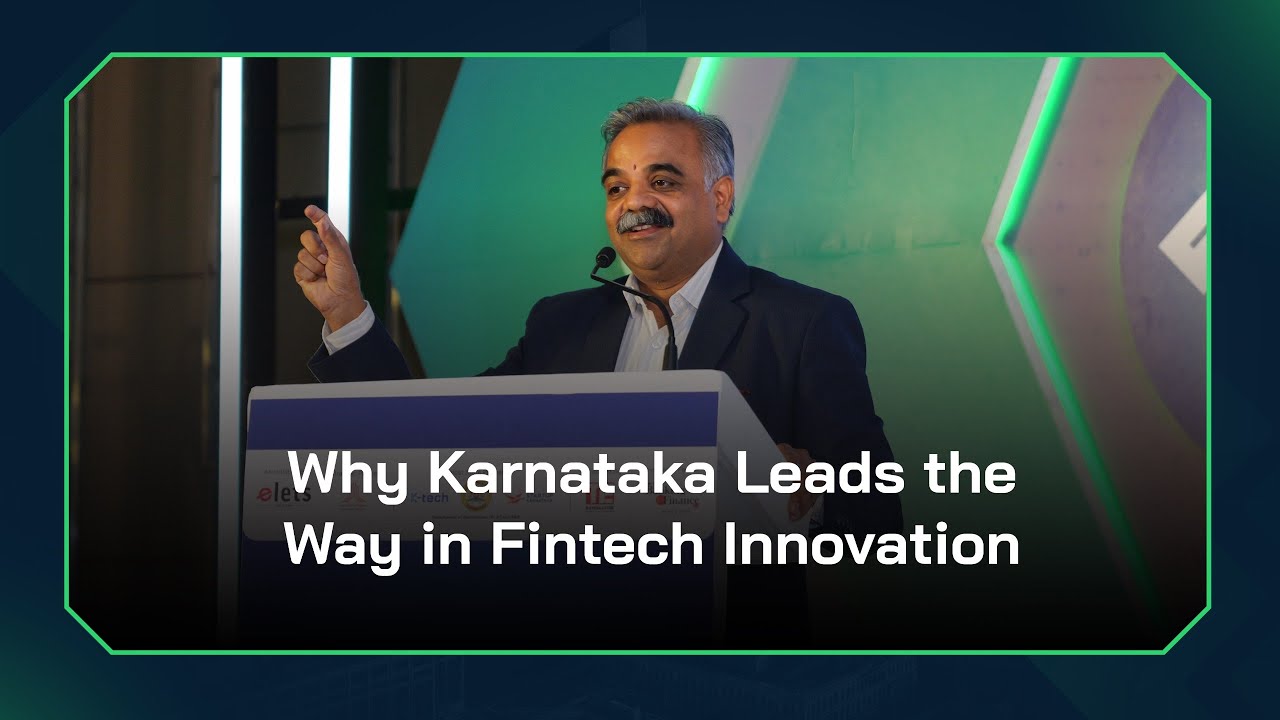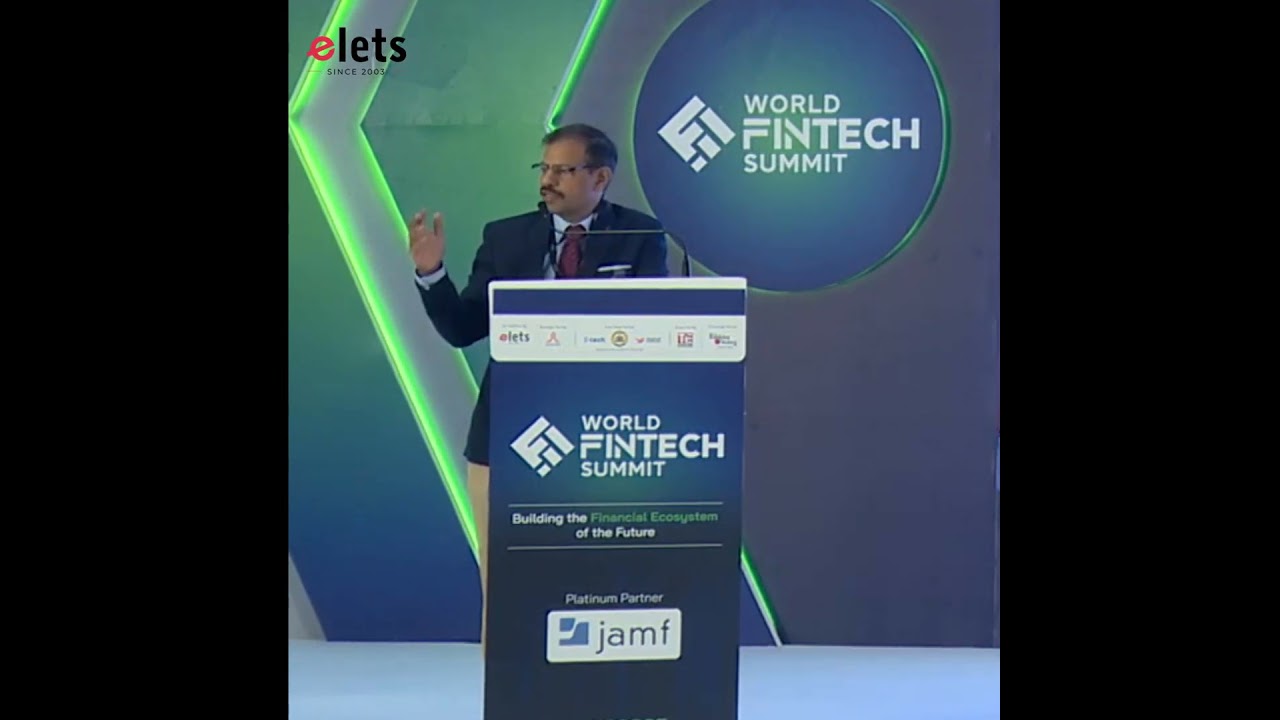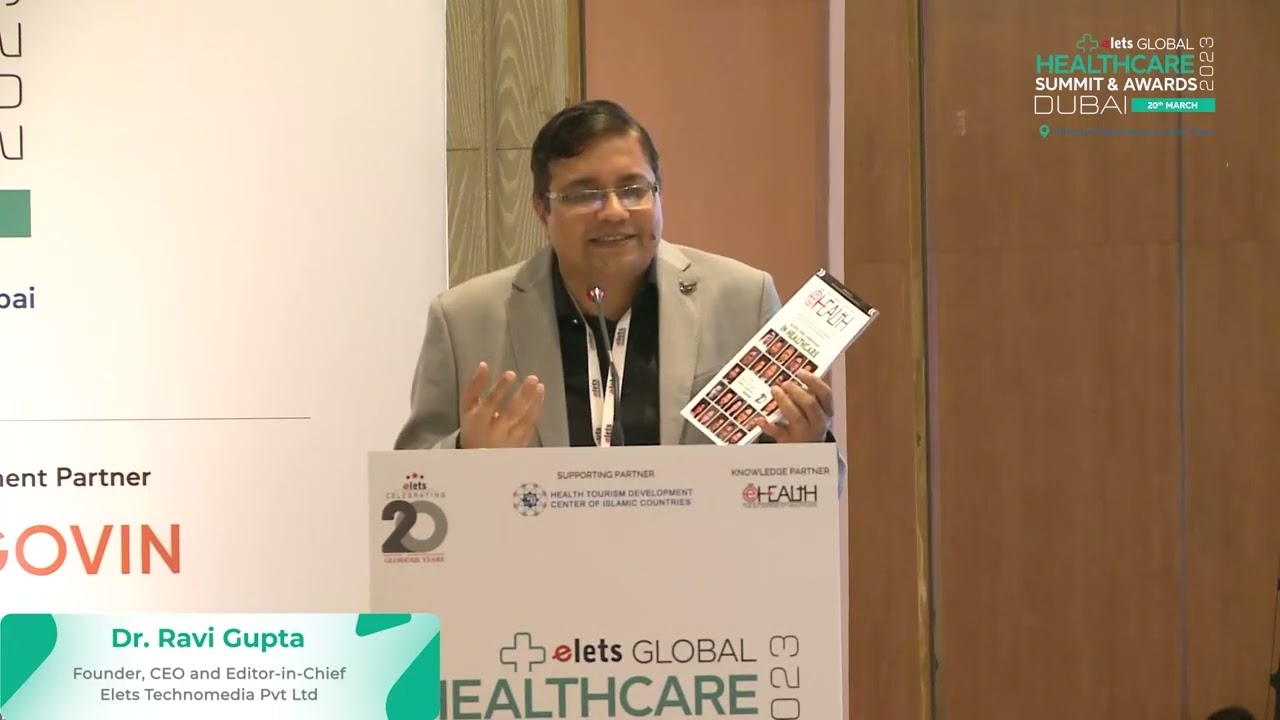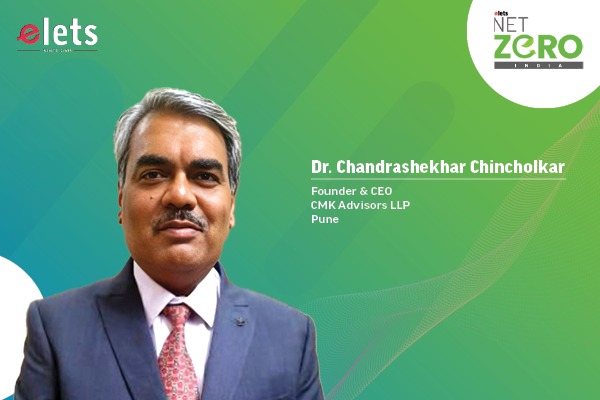
The Problem: (Energy)
India’s energy sector is facing challenges due to the high cost per unit of electricity, primarily driven by losses incurred by electricity boards, their inability to secure funding at lower costs, and significantly high transmission and distribution (T&D) losses (20-21%). Additionally, financiers find it difficult to engage in litigation and recover funds.
Historically, India has ranked poorly in terms of “Reliability” in the power sector. To achieve a GDP growth rate of 7-8%— essential for reaching a $10 trillion economy and progressing towards a $27 trillion GDP by 2047—this reliability factor must improve significantly.
Currently, existing bankers have a charge on business assets and receivables. However, to encourage new financiers to invest in energy projects, the payment mechanism needs to be enhanced.
Emerging Scenario
India must develop a revenue-sharing-based financing model with a “back-ended repayment structure over 15 years” for long-term energy transition projects.
Energy transition projects require time to stabilize, generate revenues, and increase market share. This necessitates initial financial support for 4-5 years before the market matures and a larger revenue stream is established.
Existing electricity boards must also transition from coalbased generation to renewable sources such as solar, wind, and battery energy storage systems (BESS). However, bankers may be reluctant to finance these projects unless escrow coverage is provided to both existing and new financiers. Without escrow coverage, the rating of such cash flows will not improve, making financing more challenging.
Proposed Solution
Escrow protection for financiers—both existing and new— should take precedence over all other payouts and expenses.
Priority for payouts:
- Existing term loan repayments and working capital interest payments
- Payments to new financiers (after existing term loans and working capital payouts)
- Staff salaries
- Routine expenses
- State government support to the escrow account—six months of shortfall coverage on a budgeted basis
- Continuous budgetary support from the respective state electricity board to maintain six months’ worth of reserves in the escrow account
Also Read :- Christ University advances Renewable Energy Research & Innovation
Application in the Road Transport Sector
India has approximately 20 lakh buses, categorised as follows:
- Corporate Buses – 4-5 Lac
- Intercity Buses – 9-10 Lac
- Intra City Buses – 2 Lac ( Mostly CTU / STU Buses )
- School Buses – 4 Lac
Kerala, for instance, has over 6,241 buses (as per Wikipedia) and aims to transition to electric mobility with 6,000 electric buses by 2025.
To encourage private sector participation in bus tenders, an escrow-based state repayment mechanism should be established, ensuring that bus operators receive “first charge” on KSRTC’s main collection account. The bus fleet can be expanded every six months, creating a structured repayment process.
The state government should maintain a 3-6 month cash reserve in the escrow account at all times. In the worst-case scenario, if shortfalls exceed three months of monthly installments, the state government should provide an additional buffer for another 3-6 months.
This arrangement would create a win-win situation, as the state’s primary banker—who manages the escrow account— would issue an “Escrow Letter” to the financiers/operators. This, in turn, would improve the rating of the repayment structure, facilitating smoother financing for future expansions.
Insights shared by: Dr. Chandrashekhar Chincholkar, Founder & CEO, CMK Advisors LLP, Pune
Be a part of Elets Collaborative Initiatives. Join Us for Upcoming Events and explore business opportunities. Like us on Facebook , connect with us on LinkedIn and follow us on Twitter, Instagram.
"Exciting news! Elets technomedia is now on WhatsApp Channels Subscribe today by clicking the link and stay updated with the latest insights!" Click here!




